#urubamba river
Explore tagged Tumblr posts
Text

Urubamba river, Machu Picchu, Peru: The name of the Urubamba River comes from Quechua Urupampa meaning “plateau of spiders” . It was known in Inca times as Willkamayu and was sacred to them. It is one of the main Peruvian rivers and is part of the Amazon Basin. The river to the south side of the pongo is known as the “high Urubamba”, born in the knot of the Vilcanota, and was known as Wilcamayu (Sacred River) by the Incas. Jungle around Machu Picchu, Peru. The Cusco railway can bee seen on the foot of the mountain.
93 notes
·
View notes
Text

trek to machu picchu 👣
ollantaytambo ➡️ aguas calientes
#peru#hiking#travel#machu picchu#travel with me#valle sagrado#urubamba river#rio urubamba#cusco#cuscoperu#cusco peru#machupicchu#kat backpacks peru#this hike almost killed me#valle sagrado de los incas
0 notes
Video
Rio Urubamba - Perù by Simon WEBER Via Flickr: On our way to Machu Picchu ! Thanks for watching ;) I am also on Instagram : www.instagram.com/simonweb_photo/
0 notes
Text




Built into a hillside overlooking the Urubamba River and located on the Inca trail, Winay Wayna likely served as a rest stop for weary travellers on their way to Machu Picchu.
484 notes
·
View notes
Text

Ollantaytambo, Peru: Ollantaytambo is a village in the Sacred Valley of south Peru, set on the Urubamba River amid snow-capped mountains. It's known for the Ollantaytambo ruins, a massive Inca fortress with large stone terraces on a hillside. Major sites within the complex include the huge Sun Temple and the Princess Baths fountain. The village's old town is an Inca-era grid of cobblestoned streets and adobe. Wikipedia
#Ollantaytambo#Ollantaytambo District#Urubamba Province#Department of Cuzco#Peru#South America#South American Continent
143 notes
·
View notes
Text
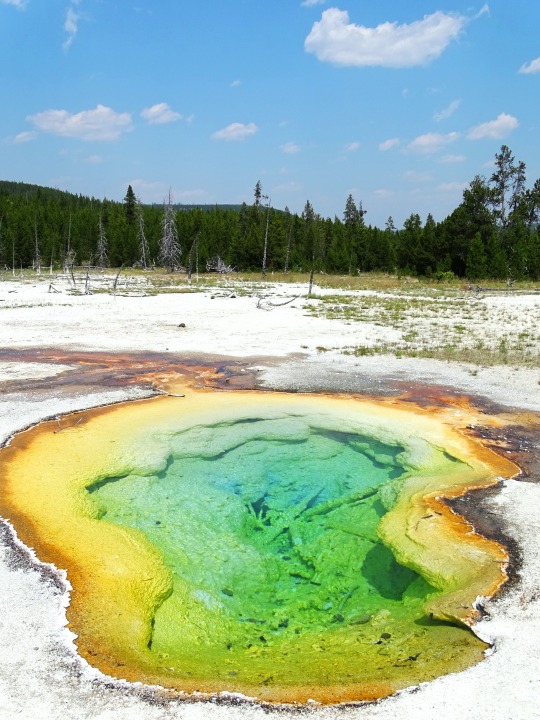
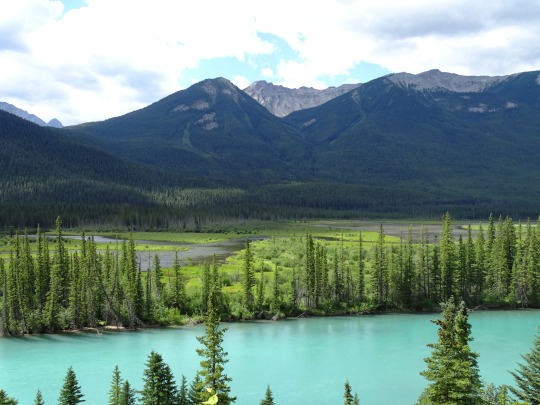

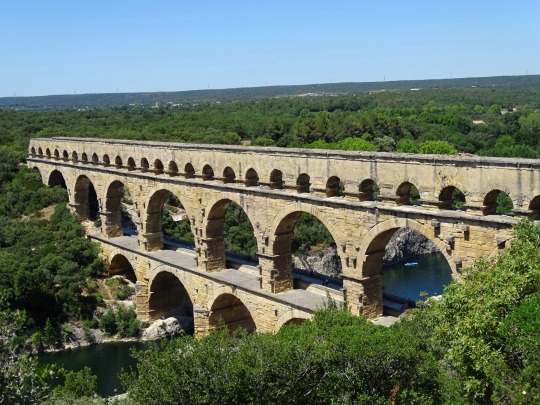


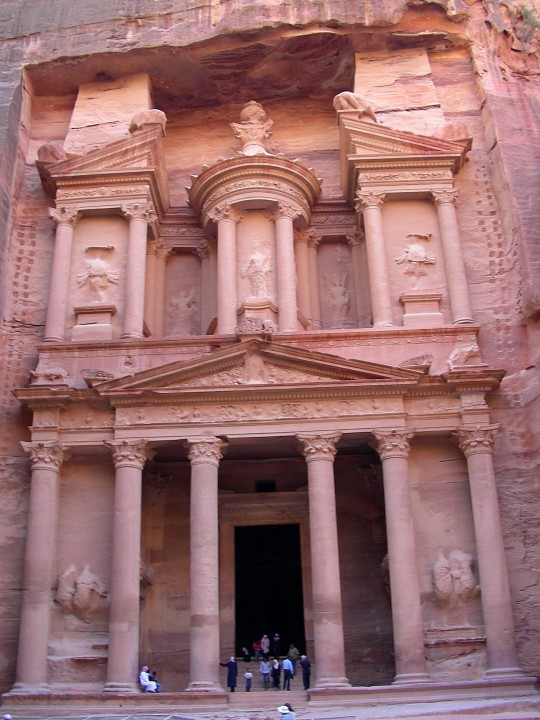

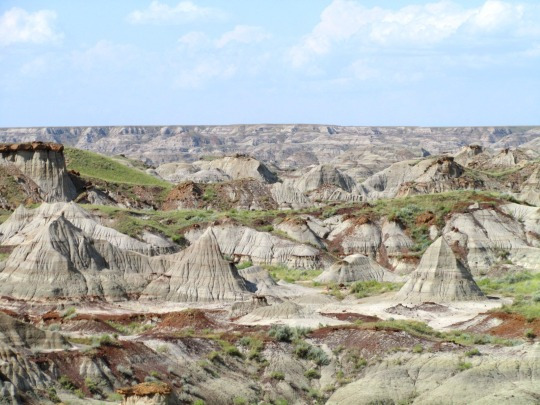
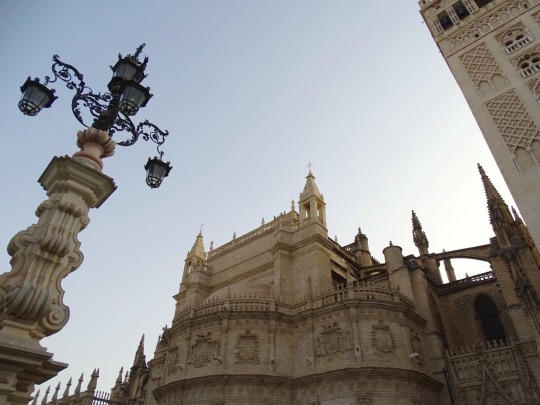
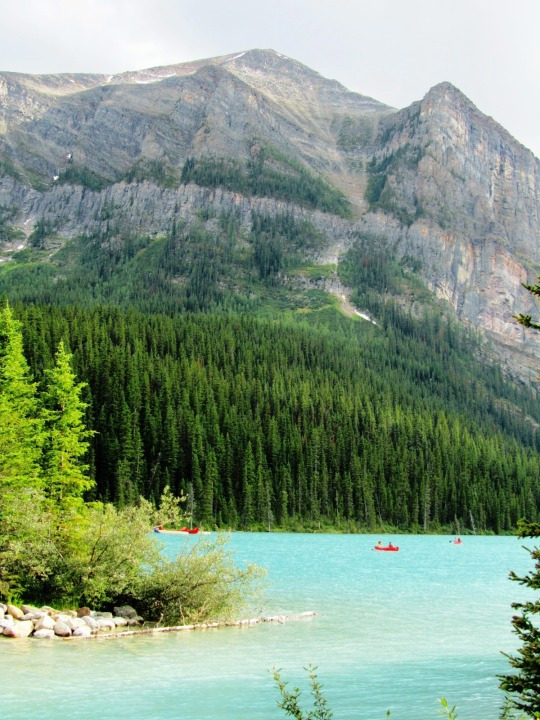
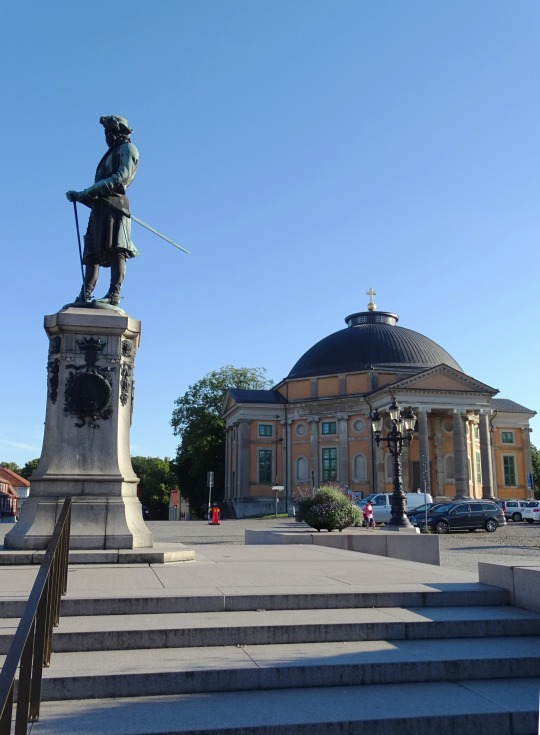
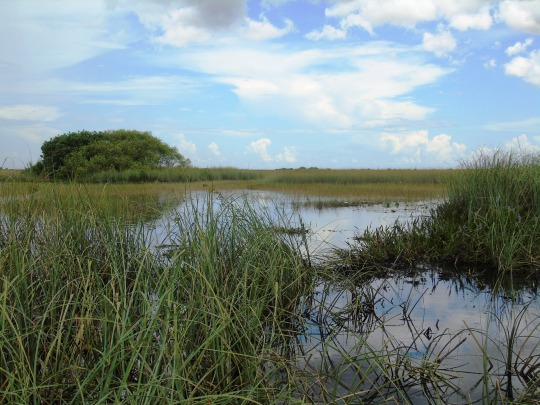
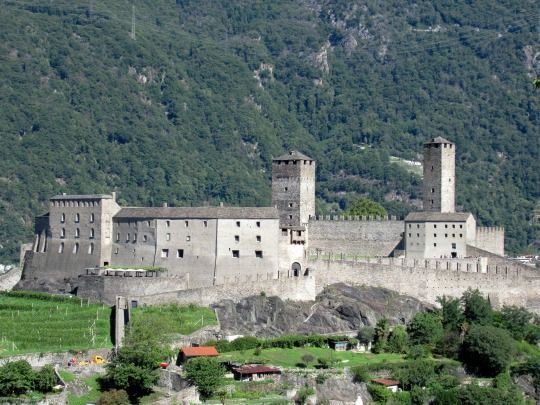


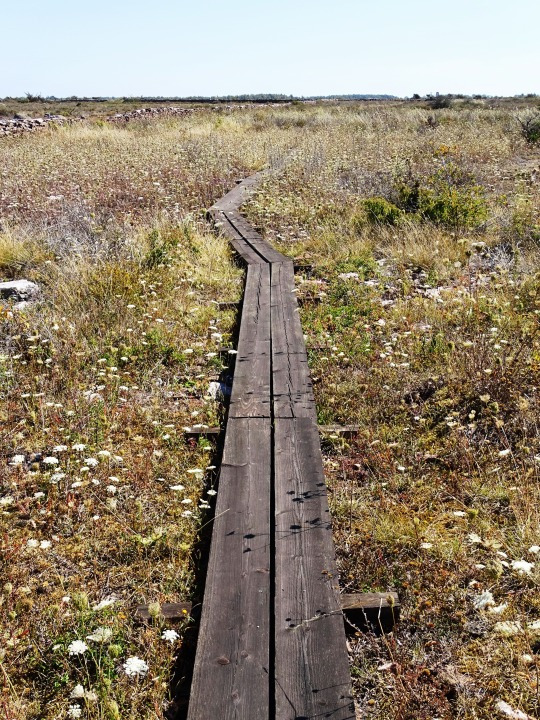
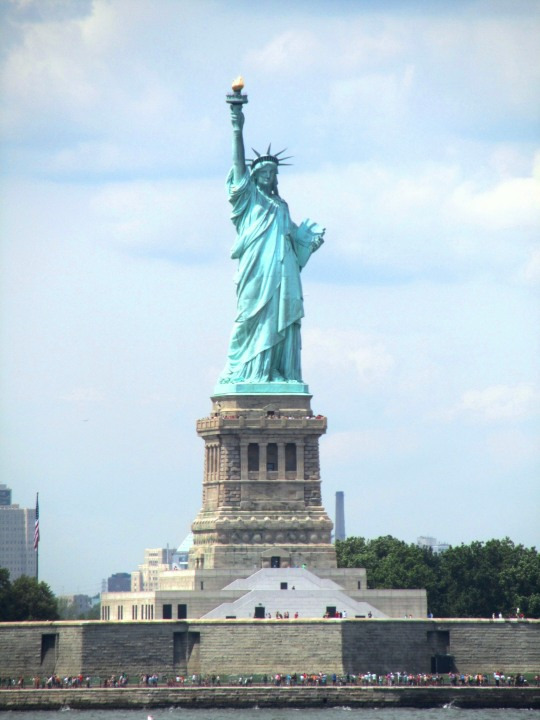


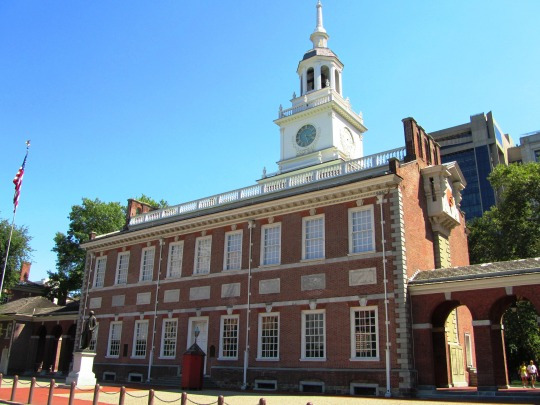

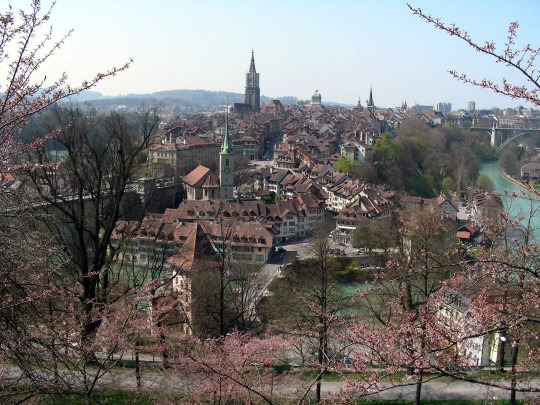
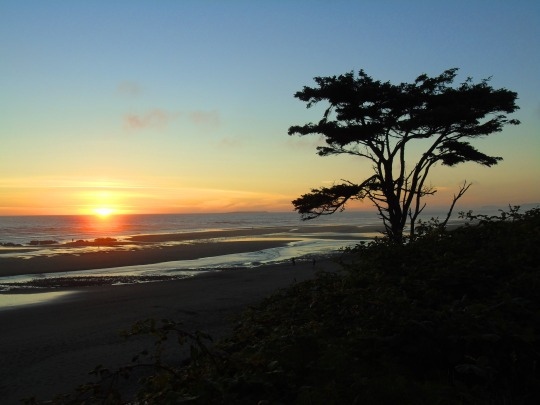
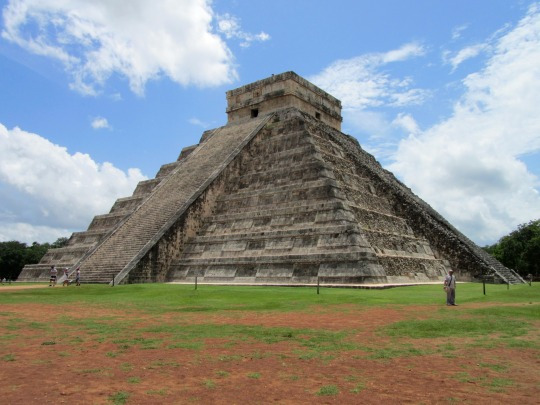

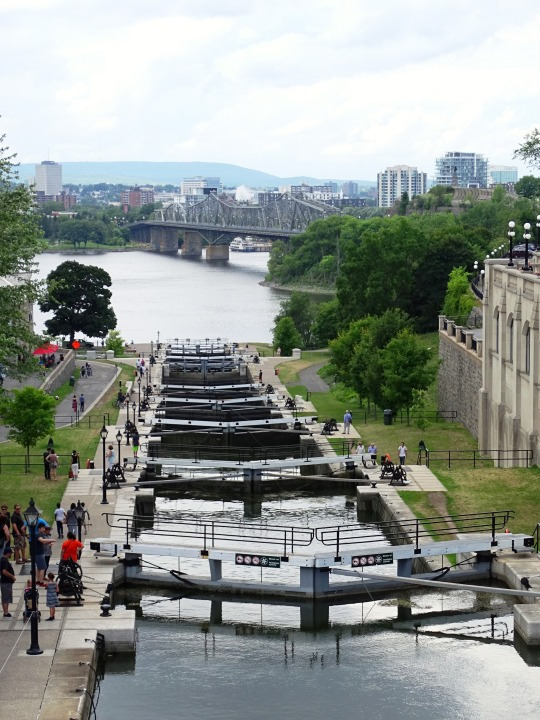

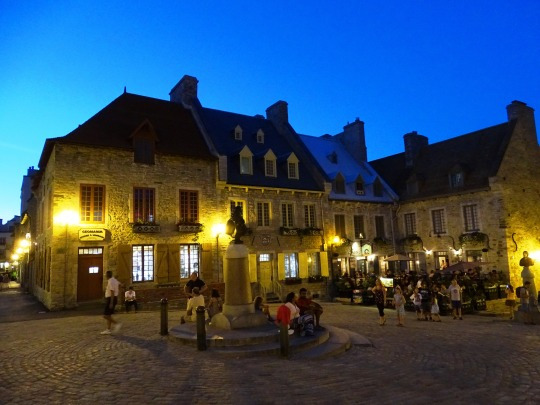

World Heritage Day
Visit and support your local cultural icons and monuments, or travel to see some of the remarkable cultural heritage sites from all over the wide world.
Every day people all over the world celebrate their cultural heritage, simply by living their lives in a way that embodies who they are and where they came from. But one day a year is set aside to celebrate the joint history and heritage of the human race. World Heritage Day encourages us to celebrate all the world’s cultures, and to bring awareness to important cultural monuments and sites, and to espouse the importance of preserving the world’s cultures.
Learn about World Heritage Day
World Heritage Day, which is also known as the International Monuments and Sites Day, celebrates the work carried out by the ICOMOS – International Council on Monuments and Sites. The day is all about increasing the awareness of the importance of the diversity of cultural heritage and preserving it for generations in the future. Ancient monuments and buildings are an asset to us all around the world. However, they need to be protected to ensure that they continue to be an asset for years and years to come. Therefore, the day is a collective effort of communities around the globe.
On this day, there are a number of different events that happen all over the world. This includes a wide range of activities, conferences, and visits to heritage sites and monuments. For those who are unaware, a heritage site is basically a place that is of cultural significance. It preserves the legacy of intangible attributes and physical artifacts of a society or group that is inherited from previous generations.
There are truly some incredible heritage sites and monuments around the world. This includes the Machu Picchu, which is situated in the lush and mountainous terrain high above the Urubamba River in Peru. There are lots of amazing sights in Egypt, and the Pyramids of Giza are one of them. Other places of note include Bagan in Myanmar, Angkor Wat in Cambodia, and the Great Wall of China.
History Of World Heritage Day
So the first (and possibly most confusing?) part of World Heritage Day is that that actually isn’t it’s a formal name. What is popularly known as World Heritage Day is actually called The International Day for Monument and Sites and was established in 1982 by the International Council for Monuments and Sites, or ICOMOS. This organization was established on the principles set forth in the Venice Charter, otherwise known as the 1964 International Charter on the Conservation and Restoration of Monuments and Sites.
The organization was founded after a need was identified to protect these valued locations, and it saw the coming together of experts from hundreds of related fields. These include architects, engineers, geographers, civil engineers, and artists and archaeologists. Each year they work to help ensure that some of the world’s most beautiful sites and important cultural monuments remain preserved for future generations.
Since it’s inception it has grown to include almost 10,000 members in over 150 countries all over the world. Of these 10,000 members over 400 are members from institutions, national committees, and international scientific committees, all working together to save important sites and identify new ones that need to be added to the watch list.
2016 saw the addition of Gorham’s Cave Complex in the UK, the Khangchendzonga National Park in India, and the Persian Qanat in the Islam Republic of Iran. It’s through the tireless efforts of its members and leadership that these places will be preserved for future generations.
There is a theme that is assigned to each World Heritage Day. We would definitely recommend taking a look at the theme for each year, as it will help to give you some direction regarding how to celebrate the day. For example, some of the themes in recent years have included the likes of “Rural Landscapes” and “Shared Cultures, Shared Heritage, Shared Responsibility.”
How to celebrate World Heritage Day
Perhaps the most important way to celebrate World Heritage Day is to search out those locations near you that count as World Heritage Sites, and perhaps pay them a visit. Before doing so research the site and find out what steps are needed to protect it, and respect them during your visit. If you’re feeling more proactive, then perhaps consider submitting a site that you feel is worthy of being protected for it’s cultural importance to ICOMOS. Don’t let an important site disappear from the world, do your part on World Heritage Day to raise awareness and preserve it for future generations.
You should also take a look online to see if there are any events going on in your local area in honor of World Heritage Day. You will find that a lot of events take place to try and increase awareness regarding the preservation of important buildings and monuments. You can get involved in one of these events so that you can lend your support to these important causes. It should not be too difficult to find out what is going on in your local area. If your community has a local Facebook group, you can refer to this for more details.
It is also a good idea to spread awareness regarding this day with the people that you know. This is something you can do with ease via social media. You can post a message that informs your friends, followers, and family members of this day and encourage them to post something too. You could post a photo of one of the best international sites you have visited or one that is on your bucket list, and then ask your followers to reply with their choice. This is a great way of getting everyone involved and raising awareness about this date!
Source
#France#Lisbon#Portugal#Lisboa#travel#architecture#World Heritage Day#WorldHeritageDay#Spain#InternationalDayForMonumentsAndSites#18 April#Dinosaur Provincial Park#Canada#USA#Grand Canyon National Park#Mexico#Chichen Itza#original photography#vacation#tourist attraction#cityscape#landscape#Jordan#Sweden#Switzerland#Bern#Bellinzona#Lugo#Jasper National Park#Rocky Mountains
2 notes
·
View notes
Photo

Harnessing Mountain Water Towers: Mail from Machu Picchu
Dear AGU,
The first thing that impresses those who trek up to the ruins of Machu Picchu – other than the spectacularly biodiverse transition landscape between the Peruvian Andes and the Amazon Basin – is that you are not really on top of the world. Machu Picchu (Old Mountain, in Quechua), located at ~3,000 m above mean sea level, is itself surrounded by towering mountains that rise to ~4,000 above msl. Over 600 years ago, the Inca harnessed natural springs originating at higher elevations to supply water to their homes and irrigate their terraced fields here in this mountain-top sanctuary. In these images from July 2024, one can see evidence of canals crisscrossing the ruins that eventually drain to the Urubamba River in the Sacred Valley below. Evidence of active aqueducts, fountains and irrigation canals can be also seen in the nearby Inca villages that have been continuously inhabited over the past several centuries. One good example of such indigenous hydroengineering lies in the village of Ollantaytambo that has water derived from Andean glaciers perennially running through it.
World over, people have utilized mountain water towers as a source of water for millenia taking advantage of the power of the water cycle to raise water, the capacity of mountains to store it, and force of gravity to release it – maintaining fertile landscapes of running fresh water. The Romans and Moors have left lasting legacies of their extensive network of aqueducts and canals throughout the Mediterranean – some of which are still functional.
Today, roughly half of humanity depends on water derived from rapidly dwindling mountain water towers – many of them still glaciated or periglaciated. With anthropogenic land-use changes in mountain habitats altering their capacity to hold and release water, and ongoing global warming accelerating glacial mass loss, water security will get precarious over time. The world’s mountain water towers need immediate protection from the multi-pronged threats eroding their unique water-holding capacity.
— Bopi Biddanda, Annis Water Resources Institute, Grand Valley State University, Muskegon, Mich. (www.gvsu.edu/wri/)
1 note
·
View note
Text
Huayna Picchu: The Stairs of Death
The 'Stairs of death' are a section of stone steps built by the Incas, which lead to the top of Huayna Picchu. These stairs are characterized by being steep and difficult to climb. In addition, the stairs are on the edge of cliff views. However, despite its name, no tourist lost his life there.
Huayna Picchu: The Stairs of Death (ticketmachupicchu.com)
If you can get one of the 400 daily entrance tickets to the Huayna Picchu mountain, you will have the opportunity to visit the ‘stairs of death’. These steps offer intimidating views. And, despite its name, no one has died on these famous stairs.
What is the Huayna Picchu mountain?
What are the stairs of the death of Huayna Picchu?
How is the tour of Huayna Picchu and the stairs of death?
The rise
The descent
How many people have died on the stairs of death?
Other adrenaline alternatives in Machu Picchu
Other scary stairs in the world
How to visit the stairs of the death of Huayna Picchu?
The climb up the Huayna Picchu mountain is considered one of the best short walks on the planet. Some tourists consider that visiting Machu Picchu without ascending the Waynapicchu is like not having gone.
What is the Huayna Picchu mountain?
The Huayna Picchu mountain is the summit located north of the Inca City.
It is 2,720 meters above sea level (8,923 ft.)
This mountain is famous for its staircases on the edge of cliffs. The most popular and difficult section are ‘the stairs of death’.
In addition, a mysterious Inca construction called the Temple of the Moon is located on the Huayna Picchu mountain.

Dizzying stairs in Huayna Picchu
What are the stairs of the death of Huayna Picchu?
The ‘Stairs of death’ are a section of stone steps built by the Incas, which lead to the top of Huayna Picchu.
These stairs are characterized by being steep and difficult to climb. In addition, the stairs are on the edge of cliff views. However, despite its name, no tourist lost his life there.
After ascending this section, you reach the top of the Huayna Picchu mountain.
How is the tour of Huayna Picchu and the stairs of death?
During the tour of the Huayna Picchu mountain, the tourist must use both hands to hold the wall.
Tourists will face 183 meters of rock steps, which were sculpted more than 500 years ago.
During the ascent by these stairs, the visitor will find a damp wall and, on the other hand, a fall of hundreds of meters towards the Urubamba River.
The rise
The climb up these stairs requires considerable physical effort.
The stairs have an approximate slope of 60 degrees.
Tourists must ascend step by step. This is the most difficult section during the ascent to the top of Huayna Picchu.
The descent
If there is something worse than climbing the ‘Stairs of Death’, that is going down them.
The way back is intimidating due to the slopes on the edge of cliffs.
Tourists must descend step by step. Many times you must let the ascending tourists pass.
Descending the ‘Stairs of Death’ is a very difficult time for visitors who fear heights.
How many people have died on the stairs of death?
The stairs of death are surrounded by myths. Among the things that are said, it is said that it is very dangerous to ascend these steps. However, that is false. Actually, people of all ages climb the Huayna Picchu daily.
To date there are no known deaths of people because of a fall in ‘The stairs of death’.
Other adrenaline alternatives in Machu Picchu
The mountain Machu Picchu – This summit is the other alternative of hiking in Machu Picchu. It is a 2 kilometer walk to the top of the mountain that gave the name to the Inca City.
The Intipunku (Puerta del Sol) – This construction is located in the old entrance gate to Machu Picchu used by the Incas. It is a 2 kilometer walk along stone stairs in the archaeological site.
The Inca Bridge – This walk leads to the east side of Machu Picchu, where an ancient bridge used by the Incas is located. The walk lasts only 30 minutes and crosses paths along cliffs.

The stairs of death in Huayna Picchu
Other scary stairs in the world
Many people are looking for this type of experience in other parts of the world. Below is a list of the most frightening stairs on the planet:
The steps of the waterfall – The Black Forest, Wurzburg (Germany).
The steps of the Canyon – Pailón del Diablo (Ecuador).
The well of Chand Baori – Abhaneri (India).
Stairs of the mountains of Elbe Sandstone – Dresden (Germany).
The Rock of Guatapé – Antioquia (Colombia).
The stairs of Haiku – Hawaii (United States).
Stairs of Via Crusis – Bermeo (Spain).
Spiral stairs in the mountains of Taihang – Shanxi and Henan (China).
The entrance Machu Picchu + Huayna Picchu is the most difficult to get due to the low availability it offers (400 income per day). That is why it is recommended to buy the ticket online 2 or 3 months in advance.
How to visit the stairs of the death of Huayna Picchu?
Many people are looking for this type of experience in other parts of the world. Below is a list of the most frightening stairs on the planet:
To visit the Stairs of Death you only need to buy a Machu Picchu + Huayna Picchu ticket.
Due to low availability (only 400 tickets per day); The purchase of the ticket is done online and 2 or 3 months in advance.
When you get a ticket, you must choose between one of the 3 income groups:
Group 1:
Entrance to Machu Picchu – from 6 am
Entrance to Waynapicchu – from 7 am to 8 am
Group 2:
Entrance to Machu Picchu – from 7 am
Entrance to Waynapicchu – from 7 am to 8 am
Group 3:
Entrance to Machu Picchu – from 8 am
Entrance to Waynapicchu – from 10.30 am to 11.30 am
Advice from people who have been there
Huayna Picchu

“To raise it is to touch the sky“
“Climbing the huaina is amazing. It is an arduous climb of about an hour. The stairs at the edge of the cliff will make your hair stand on end. The views during the climb are fantastic; but the top is indescribable.“
Huayna Picchu: The Stairs of Death (ticketmachupicchu.com)
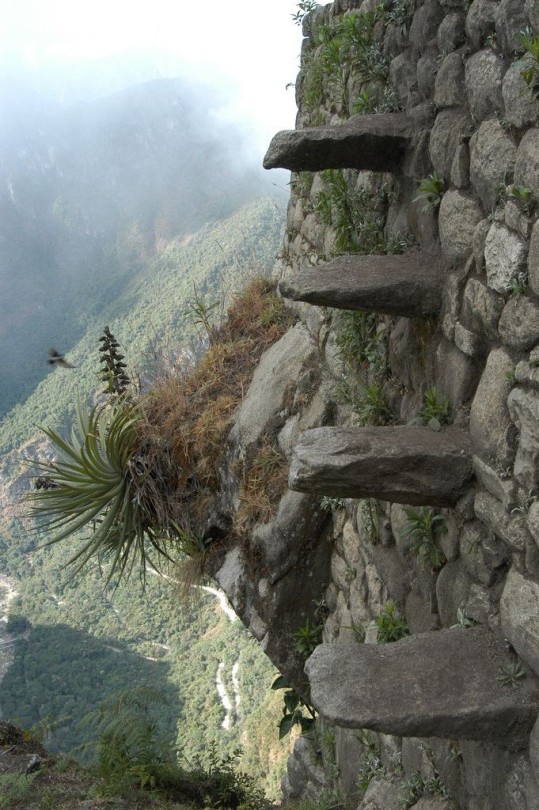
Death steps at Machu Picchu, Peru.
4K notes
·
View notes
Text
🌾 The Timeless Beauty of Qollqa Qollqa, often overlooked by travelers, is a place of profound stillness and ancient beauty. Located on a secluded hillside, this Inca storage site speaks to the agricultural ingenuity of the ancient civilization. Qollqa is a series of well-preserved stone buildings and terraces, designed to store surplus grain, maize, and other foodstuffs for the Inca empire. The site is remarkable not just for its preservation but for the way it blends seamlessly into the landscape. The dry stone walls stand strong against the elements, and the surrounding terraces speak to the Inca’s understanding of crop rotation, water management, and the delicate balance between civilization and nature.
What makes Qollqa unique is its sense of quiet reverence. Unlike other Inca sites, which are filled with grand temples and ceremonial spaces, Qollqa is a place of practicality and humility. It is a site that honors the land’s ability to provide, where the rhythms of agriculture are given space to breathe. As you walk among the stone buildings and terraces, you can feel the pulse of the earth beneath your feet, and you begin to understand how deeply the Inca understood the importance of sustaining life from the land. This is not just a place for storage—it is a place where the very act of providing for the future was seen as sacred.
The views from Qollqa are equally stunning. The surrounding valley stretches out below, with the Urubamba River winding its way through the landscape. The mountains rise on all sides, their peaks standing like silent sentinels, watching over the land. The energy here is calm and grounding, a reminder of the importance of living in harmony with nature. The stone buildings at Qollqa are simple yet powerful, and as you stand in the quiet of the site, you can feel the weight of the generations who once relied on this land to sustain them.
As the day draws to a close and the sun sets over Qollqa, the site takes on a quiet majesty. The light fades, and the shadows lengthen across the terraces. The site, bathed in the soft light of dusk, seems to pulse with the rhythm of the earth itself. Qollqa is not just a place of stone—it is a place of sustenance, of survival, and of deep connection to the land. It is a reminder that, even in the humblest of places, there is beauty, wisdom, and a deep respect for the earth. 🌄🍃
Source: MagicalCuscoTravelAgency
0 notes
Text











Introduction to Machu Picchu: The Lost City of the Incas
An Exciting Exploration of Machu Picchu Ruins: Nestled high in the Andes Mountains of Peru, Machu Picchu is more than just an ancient ruin—it’s a testament to the ingenuity of the Inca civilization and a UNESCO World Heritage Site that captivates millions of travelers annually. Often called the "Lost City of the Incas," this 15th-century citadel sits at 2,430 meters above sea level, surrounded by lush cloud forests and the winding Urubamba River. Exploring the ancient ruins of Machu Picchu offers a journey through history, architecture, and breathtaking natural beauty, making it one of the New Seven Wonders of the World.
Whether you’re a history enthusiast, an adventure seeker hiking the Inca Trail, or a cultural explorer visiting the Sacred Valley, Machu Picchu promises an unforgettable experience. This blog post is your ultimate Machu Picchu travel guide, covering its history, architectural marvels, must-visit sites, hiking options, cultural significance, and practical tips for planning your visit.
For more and detail, click it
0 notes
Text
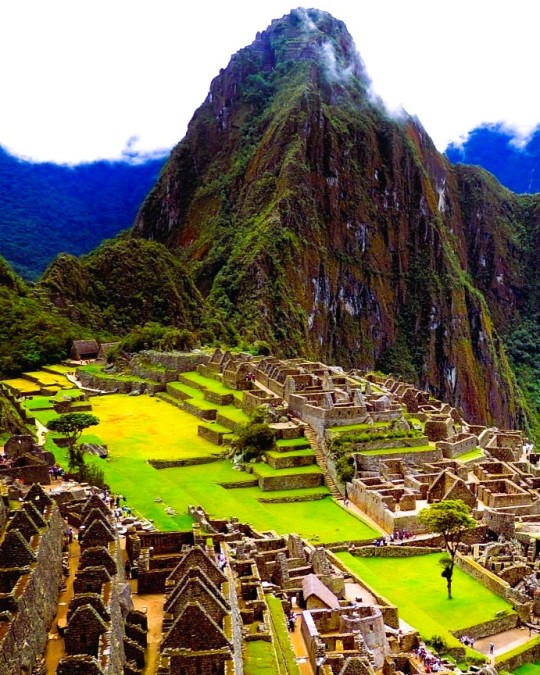
Machu Picchu, Perú's Sacred Valley, Peru: Machu Picchu is situated above a loop of the Urubamba River, which surrounds the site on three sides, with cliffs dropping vertically for 450 metres.
173 notes
·
View notes
Text
The Best Adventure Activities in Cusco: From Ziplining to Paragliding
Cusco isn’t just about history—it’s also an adventure lover’s paradise. With Magical Cusco, you can experience thrilling activities like ziplining, paragliding, and rafting in the heart of the Andes.
Adventure Highlights:
Ziplining: Fly through the Sacred Valley and get stunning views of the landscape.
Paragliding: Take to the skies and enjoy a bird’s eye view of Cusco’s impressive landscapes.
Rafting: Challenge yourself with white-water rafting along the Urubamba River, surrounded by the breathtaking Andean scenery.
With Magical Cusco, you can combine your love for adventure with the beauty of Cusco’s natural landscapes.
0 notes
Text
Exploring the Sacred Valley: Culture and Adventure Combined
The Sacred Valley is one of Peru’s most captivating regions, offering visitors the chance to explore ancient history while enjoying thrilling outdoor activities. Whether you’re an explorer at heart or simply want to soak in the beauty of the Andes, this region has something for you.
Must-Do Activities
Hike to Inca Ruins – Visit Ollantaytambo, Pisac, and other archaeological wonders.
Outdoor Sports – A Sacred Valley adventure tour can include options like rafting, mountain biking, or even horseback riding.
Local Market Visits – Shop for handcrafted souvenirs and experience traditional Andean culture.
Enjoy the Breathtaking Scenery – The valley is surrounded by majestic mountains and the beautiful Urubamba River.
An Unforgettable Getaway
A Sacred Valley adventure tour is a must for those who want to mix history, culture, and adventure. Whether you prefer to explore ancient sites or seek high-adrenaline experiences, this region offers something truly special.
0 notes
Text
A Journey Through the Andean Landscapes on Short Inca Trail
The Short Inca Trail is more than just a path to Machu Picchu—it’s an adventure through some of the most stunning Andean landscapes on short Inca Trail in Peru. Over the course of two days, hikers traverse breathtaking mountain scenery, lush forests, and ancient ruins.
One of the first remarkable sights is the Urubamba River, which cuts through the deep valleys of the Andes. The contrast between the rushing river and the towering green mountains sets the tone for the rest of the trek.
As the trail ascends, hikers enter the cloud forest, where mist drapes over moss-covered trees, creating a mysterious and beautiful atmosphere. The dense vegetation and occasional wildlife sightings make this section feel truly magical.
The next highlight is Wiñay Wayna, a spectacular Incan site known for its impressive agricultural terraces and panoramic views of the valley below. This location is one of the most photogenic spots on the trail.
Finally, reaching the Sun Gate (Inti Punku) is an unforgettable moment. Here, the first view of Machu Picchu appears, with the ancient city framed by the rugged peaks of the Andes. The stunning landscapes make the Short Inca Trail an experience unlike any other, blending natural beauty with rich history.
0 notes
Text
A Journey to the Sun Gate and Beyond
For centuries, the Sun Gate has served as the entrance to Machu Picchu for travelers along the Inca Trail. This remarkable stone structure, positioned strategically on a ridge overlooking the sacred city, offers a perspective that few visitors get to experience. Watching the morning sun rise over the peaks and cast its golden glow upon the ruins is a reward like no other.
The hike to the Sun Gate is both scenic and inspiring. From Machu Picchu’s main complex, it takes about an hour to reach this high-altitude lookout, following a well-preserved Inca path. The effort is well worth it, as the view from the top offers a stunning panorama of the ancient citadel, the winding Urubamba River, and the misty mountains beyond.
Walking through the Sun Gate Machu Picchu is more than just a physical journey—it is an emotional one. The experience of arriving at this significant point, just as Inca royalty and pilgrims once did, adds depth and meaning to any visit. It’s a must-do for anyone who wants to fully appreciate the grandeur and mysticism of this world-famous site.
0 notes
Text
How the Inca Jungle Trek Offers a Unique Path to Machu Picchu

Machu Picchu, the iconic ancient Inca city nestled high in the Peruvian Andes, attracts travelers from around the world, eager to walk in the footsteps of history. While most visitors take the classic Inca Trail to reach this UNESCO World Heritage site, an alternative route the Inca Jungle Trek has gained popularity for offering a unique, adventurous, and multi-faceted way to experience the journey.
A Thrilling Adventure Through Diverse Landscapes
The Inca Jungle Trek stands apart not just for the historical significance of the destination but for the thrilling, immersive experience of the trek itself. Spanning 4 days and 3 nights, the trek covers a variety of terrains that offer a rich tapestry of nature, culture, and adrenaline. Starting in the high Andes, trekkers descend through cloud forests, tropical jungles, and rugged mountain landscapes, all while crossing picturesque rivers, waterfalls, and valleys.
Unlike the classic Inca Trail, which is a primarily hiking-based trek, the Inca Jungle Trek combines a variety of activities that challenge the body and mind in unique ways. The route typically includes mountain biking, rafting, and zip-lining, offering a thrilling way to explore the diverse ecosystems surrounding Machu Picchu. This multi-activity format adds an extra layer of excitement, making it perfect for those seeking a more dynamic experience.
The Mountain Biking Adventure
The journey kicks off with a steep descent by mountain bike from the town of Abra Málaga, located at 4,350 meters (14,270 feet). This initial stretch provides stunning panoramic views of the Andes and offers an exhilarating ride through changing landscapes. Riders travel down into the tropical valleys below, experiencing a dramatic shift in climate and vegetation.
While the downhill ride may be a highlight for many, it also requires a degree of skill and confidence. For those who are less experienced in mountain biking, guides ensure safety and provide instruction. This is an excellent way to begin the trek, combining adventure with breathtaking scenery, all while staying engaged with the natural beauty of the region.
Rafting and Zip-lining Through the Jungle
On the second day of the trek, the route moves into more tropical territory, with opportunities to embark on thrilling white-water rafting excursions. For those interested in adventure sports, the rafting stretch offers an adrenaline-pumping experience as you navigate the Urubamba River’s fast-flowing rapids. The rapid transitions from calm waters to challenging waves provide a perfect blend of relaxation and excitement as you paddle your way through the jungle's heart.
Later, there’s an opportunity to experience a zip-lining adventure. Positioned high above the jungle canopy, participants fly through the air, taking in awe-inspiring views of the valleys, rivers, and the lush green jungle below. The zip-line adventure adds a sense of freedom and connection with the surrounding environment, offering a unique perspective of the jungle as well as a thrill unlike any other.
Immersion in Local Culture
Beyond the adrenaline-filled activities, the Inca Jungle Trek offers deeper insights into the culture and history of the region. The trail passes through small villages and communities, where travelers can interact with locals and gain an understanding of life in the Peruvian Andes. Local guides share fascinating stories about the indigenous cultures, the ancient Inca civilization, and the significance of the region’s flora and fauna. These cultural exchanges help to enrich the experience, offering a more intimate connection to the area.
In addition, trekkers will pass by ancient Inca archaeological sites, lesser-known ruins that reveal hidden chapters of Incan history. These sites provide a glimpse into the spiritual and ceremonial practices of the ancient civilization, which continues to captivate the imagination of travelers worldwide.
Arrival at Aguas Calientes and the Final Journey to Machu Picchu
The Inca Jungle Trek culminates with a visit to Aguas Calientes, the gateway town to Machu Picchu. After a well-deserved rest, trekkers take the scenic train ride from Aguas Calientes to the base of Machu Picchu Mountain. The train winds through beautiful landscapes, providing final glimpses of the picturesque scenery that has been the backdrop to the entire trek.
The next day, hikers rise early to catch the first bus to the entrance of Machu Picchu. The sense of awe upon finally reaching the ancient city after several days of adventure and discovery is profound. Whether you choose to explore the main plaza, hike up Huayna Picchu for an elevated view, or take in the sacred site from a more peaceful vantage point, the moment is one of reflection and reverence.
A Trek for the Adventurous Traveler
The Inca Jungle Trek offers a compelling alternative to the more traditional Inca Trail, ideal for those seeking a unique blend of cultural exploration, physical challenge, and outdoor adventure. It’s a perfect choice for travelers who want to engage with the Andean landscape in an active way, while also experiencing the thrill of mountain biking, rafting, and zip-lining.
In addition to the natural beauty and adventurous activities, the trek provides a fascinating introduction to local culture, indigenous traditions, and the history of the Inca Empire. Ultimately, the Inca Jungle Trek delivers not only an unforgettable journey to Machu Picchu but also an exploration of the region's stunning biodiversity and rich cultural tapestry making it a truly unique path to one of the world’s most iconic destinations.
Whether you are a seasoned trekker or an adventure enthusiast looking for something different, the Inca Jungle Trek offers the perfect mix of excitement and discovery, making the journey to Machu Picchu just as remarkable as the destination itself.
0 notes
